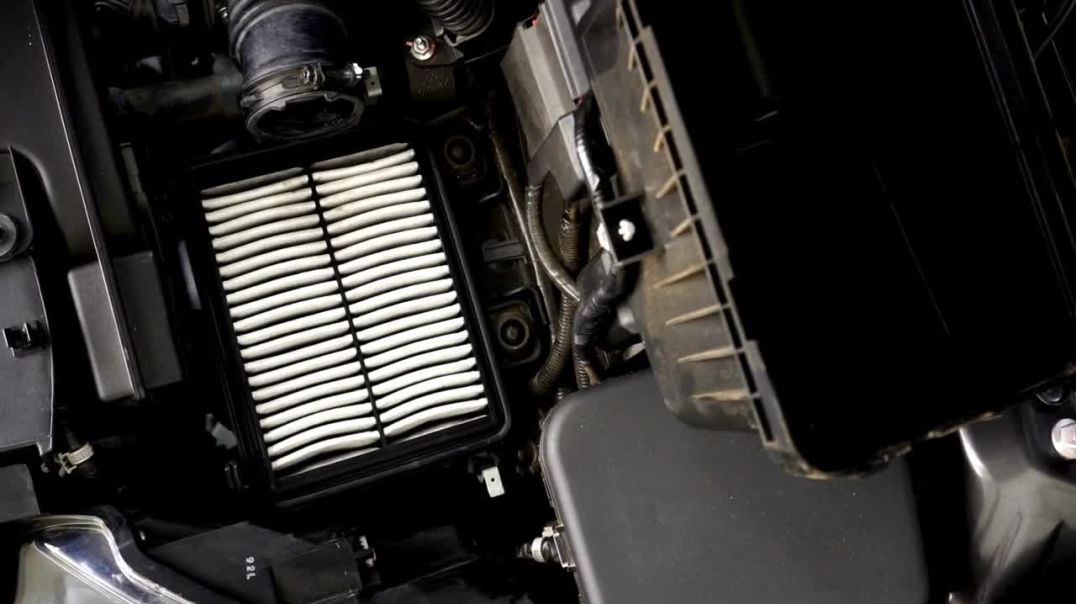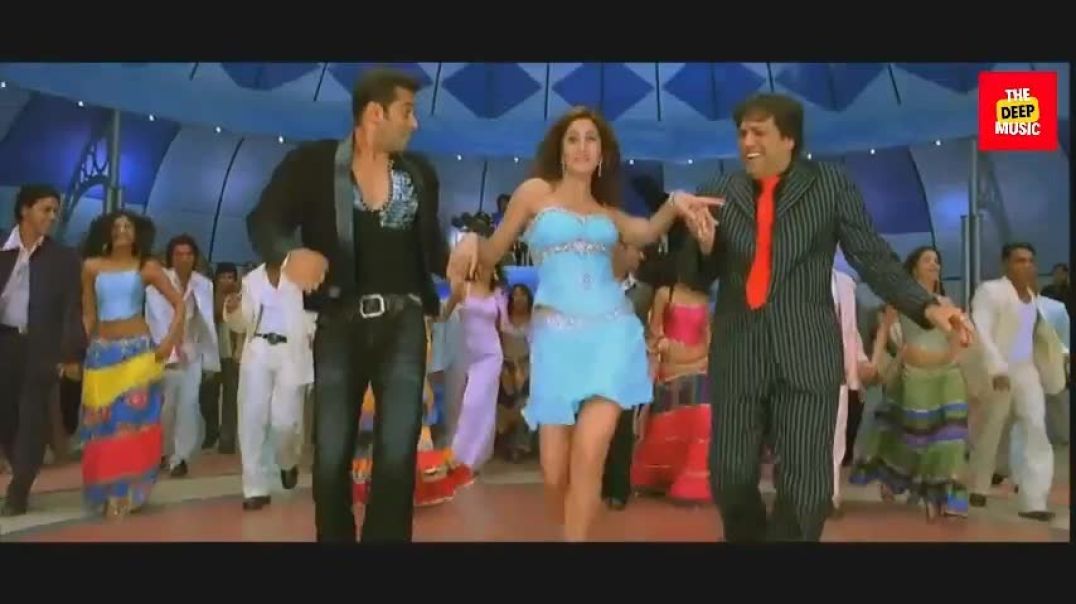0 Views· 03 November 2022
Bushcraft trip - making tipi - permanent tipi camp series - [part 1 - long version]
Advertisement
Making a tipi from natural materials and cleaning and eating fish in the northern wilderness. Open the full video description for more information.
This is part 1 and the long version - here is the short version https://www.youtube.com/watch?v=V7LFgctcLAI
All episodes can you see here https://www.youtube.com/watch?v=NUyDwdRkceQ&list=PLwMRed9dogc6GGAhEn1Aj66AOClYFRUl2
----------------------------
Date: 16-07-2019 to 17-07-2019
Day: 20°C (68°F)
Night: 10°C (50°F)
Location: Sapmi - the land of the Sami people in Norway, Sweden, Finland and Russia. Clean and remote classic northern wilderness. Fresh water rivers. Pine, spruce and birch forrest. Mountains, bears, wolves, eagles, reindeers etc. No wildlife is giving campers problems. I can't give you any information about my location, only that I am somewhere in Sapmi. You need to be the owner or get the owners permission if you want to do the same.
Consuming: Water and fish (pike and perch).
_________________
A few questions:
1. Will the tipi be waterproof?
Only to some existent. The moss in this area is so thick it can contain a lot of rain before it starts leaking - but it will start leaking if it is heavy rain for a few days. Traditional in this area did all use birchbark for waterproofing buildings and it does a fantastic job. I chose not to in this case because it is a lot more work and worn on nature and only worth it when you build something you want to last lifetimes and not like in my case something that I only expect to use a season. I will consider as it gets colder to cover more of the tipi with moss, but so far will I leave it be - it provides some light for the camera and distance to the hot smoke and sparks.
2. Where did you get all the poles from?
A few years ago was I and a friend nearby and made a similar tipi just a lot bigger.... That tipi don't exist anymore, but all the wood was still fine and I did in this case just reuse some of it.
3. Can you twist all branches into rope like that.
Yes. At least all the species pressent in my area of the world. In this case did I use birch.The branch need to be green and you just need to taking your time opening up the fibers without braking anything. No sidebranches and heating over fire makes it easier.
4. Was the water safe to drink?
Yes. Almost all water in Sapmi can you drink straight from the source. It comes from the near by mountains - rain or snow/ice melting.
5. What happens if the branch/rope used to tie the tipi snaps?
Most likely nothing. All the interlocking poles is what makes the structor strong and not the rope. The few time I have made a tipi like this and later on needed to remove it have I been unable to make it all come "tumbling down" even with a lot of force - I have always needed to remove a lot of poles first. It can of course collapse a little bit over a few times as time goes by, but never from standing properly upright to all the way down flat to the ground.
6. Where did you get the fish from?
I caught the fish with a net in the water next to the campsite. I did it off camera a few hours before I started recording this video.
7. Why did you cover the intestines with a stone?
I use the fish intestines as fishing bait in a net. Meanwhile makes the stone it harder for birds and other animals to take the intestines. I show it in part two.
_________________
Some of the gear used:
1. Pants = Klattermusen Gere 2.0 Regular
2. Boots = Redback original
3. Backpack = M39 swedish military
_________________
Video gear: Canon EOS RP, Canon 50 1.8, Røde videomicpro+, Zoom h2n, iMovie.
_________________
Up next
Advertisement





















0 Comments